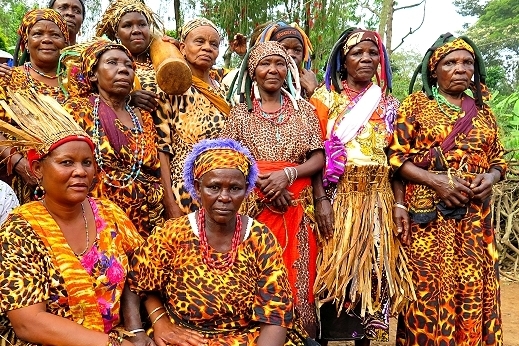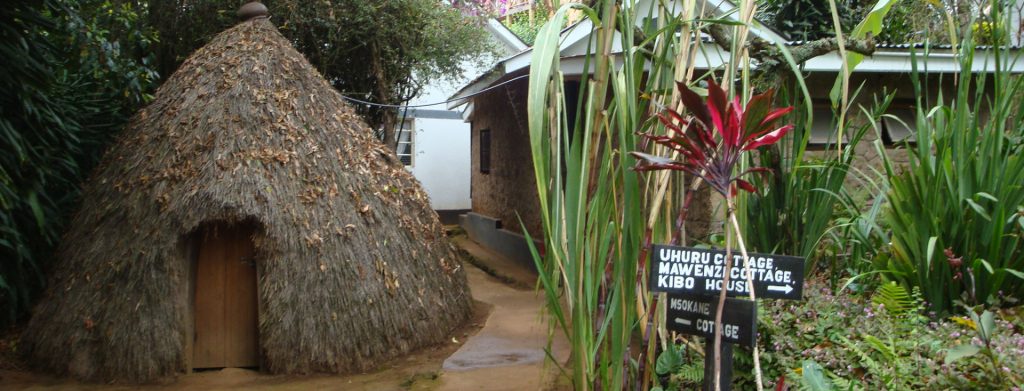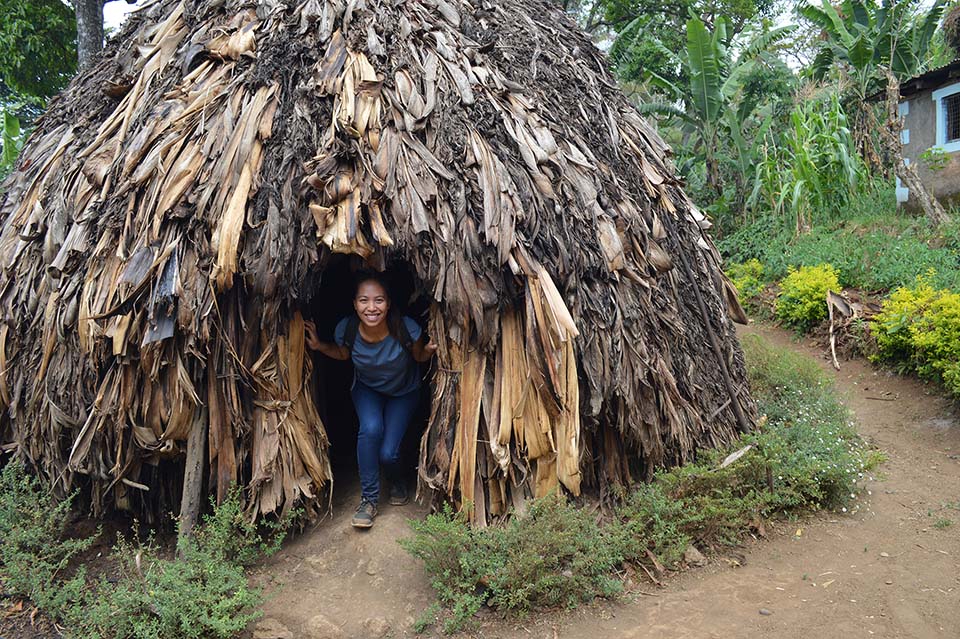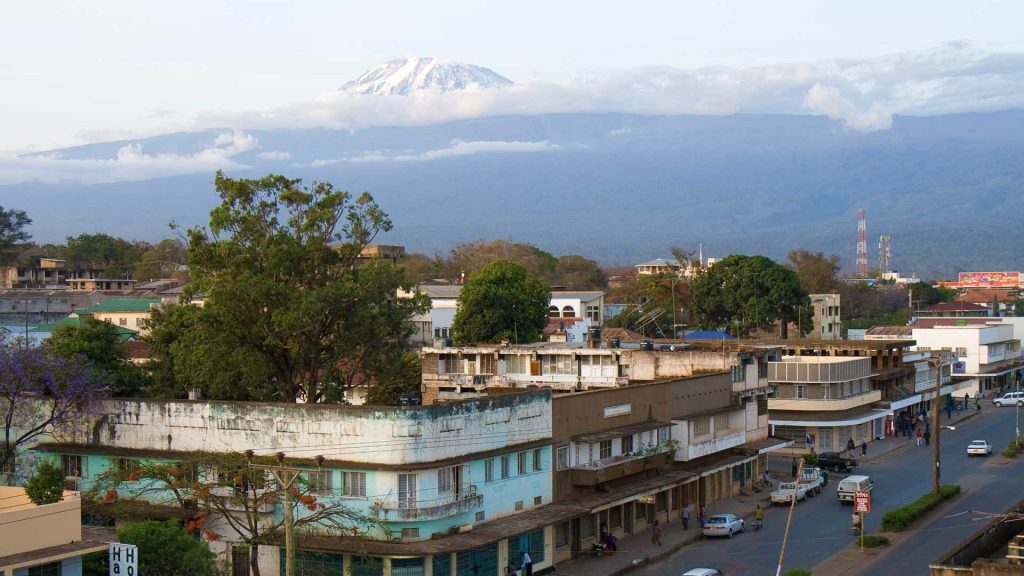Mount Kilimanjaro Local Communities




Introduction
Mount Kilimanjaro, Africa’s tallest peak, isn’t just known for its breathtaking beauty and challenging climbs; it’s also home to vibrant local communities that add rich cultural depth to the mountain’s allure. The Kilimanjaro local communities consist of diverse tribes with longstanding traditions, unique languages, and a deep connection to the mountain itself. Understanding the people who live near Kilimanjaro offers a unique perspective on the area and helps visitors appreciate the harmonious coexistence between the land and its inhabitants.
The Main Tribes of Kilimanjaro
The area around Mount Kilimanjaro is primarily inhabited by two main tribes: the Chagga and the Maasai, each with its distinct cultural identity and lifestyle.
- The Chagga People
- The Chagga are the largest ethnic group residing around Kilimanjaro, particularly on the mountain’s fertile southern and eastern slopes. Known for their advanced agricultural practices, the Chagga have a close connection to the land, utilizing the rich volcanic soil for coffee farming, banana plantations, and vegetable cultivation. The Chagga are also known for their distinctive culture, language (Kichagga), and traditional housing made from local materials. For the Chagga, Kilimanjaro is a source of pride and identity, and their lives are interwoven with its natural bounty.
- The Maasai People
- The Maasai, a semi-nomadic tribe, inhabit the plains around Kilimanjaro and extend into the surrounding regions. Known for their distinct clothing, beadwork, and warrior traditions, the Maasai are primarily herders of cattle, which they hold in high regard as a sign of wealth and sustenance. While they live more on the mountain’s northern and western side, they view Kilimanjaro as a sacred landmark and a spiritual site. The Maasai’s lifestyle, centered around cattle and traditional customs, contrasts with the more agrarian Chagga, but both tribes share a profound respect for the mountain.
How Local People Refer to Mount Kilimanjaro
The name “Kilimanjaro” itself holds significance in the local languages. For the Chagga people, Kilimanjaro is often called “Kilemakyaro,” meaning “that which cannot be conquered,” reflecting the respect and reverence they hold for the mountain. The Swahili-speaking population also refers to it simply as “Mlima Kilimanjaro” (Mount Kilimanjaro), highlighting its grandeur as the tallest peak in Africa. The different ways the local communities refer to the mountain capture their awe and pride in this iconic landmark.
Towns and Villages Around Kilimanjaro
Several towns and villages serve as gateways to Mount Kilimanjaro, providing not only access to the mountain but also insight into the daily lives and cultures of the Kilimanjaro local communities.
- Moshi
- Located at the southeastern base of Kilimanjaro, Moshi is the primary entry point for climbers. This town is rich in Chagga culture and has a bustling market scene, coffee farms, and local eateries. Moshi offers a glimpse into the traditions of the Chagga people and is a hub for cultural tours and visits to nearby villages. Coffee tours, traditional dance performances, and visits to local homes offer travelers a chance to experience Chagga hospitality.
- Marangu
- Known as the starting point for the popular Marangu Route, this small town is often called the “Gateway to Kilimanjaro.” Marangu is home to some of the oldest Chagga communities and is famous for its beautiful waterfalls, banana farms, and historical sites, including the Chagga caves. Visitors here can learn about the Chagga way of life, sample traditional banana beer, and explore the natural beauty surrounding the area.
- Arusha
- Although a bit farther from Kilimanjaro, Arusha is a major city that serves as a central base for those planning safari trips and Kilimanjaro climbs. Known as the safari capital of Tanzania, Arusha connects visitors to both Kilimanjaro and the Serengeti, offering insights into multiple cultures, including the Maasai.
- Other Villages
- Smaller villages, such as Mweka and Machame, are also scattered around Kilimanjaro. Each of these villages has its own unique charm, with traditional homes, Chagga coffee farms, and stunning views of the mountain. These villages are integral to the lives of the local people who often work as guides, porters, and farmers, supporting the tourism industry around Kilimanjaro.
The Cultural Significance of Kilimanjaro to Local Communities
For the Chagga and Maasai, Kilimanjaro is more than a landmark; it holds cultural and spiritual significance. The mountain is a source of water and fertile soil, making it vital to the agricultural practices that sustain the Chagga communities. Many locals also see the mountain as a sacred place, rich in legends and historical stories passed down through generations.
The Maasai, although not traditionally climbers of the mountain, view Kilimanjaro as a powerful symbol and a witness to their ancestral heritage. For both tribes, Kilimanjaro represents resilience, beauty, and a connection to the natural world that sustains their lives and culture.
Preserving the Kilimanjaro Ecosystem and Local Heritage
As tourism grows around Mount Kilimanjaro, local communities and conservationists are working together to protect the mountain’s environment and cultural heritage. Sustainable tourism practices, community-based projects, and environmental conservation efforts are helping to ensure that Kilimanjaro remains a source of pride and livelihood for future generations.
For those visiting Kilimanjaro, engaging with the Kilimanjaro local communities offers a deeper understanding of the mountain’s significance. By learning about the Chagga and Maasai cultures, tourists gain a more enriching experience and contribute to preserving these communities and their traditions.
Mount Kilimanjaro’s charm lies not only in its towering heights but also in the vibrant communities that call it home. From the agrarian lifestyle of the Chagga to the pastoral traditions of the Maasai, the Kilimanjaro local communities add a rich cultural layer to any expedition. Meeting the people who live in Kilimanjaro’s shadow, learning their stories, and witnessing their heritage firsthand transforms a mountain climb into a journey of cultural discovery and respect.
